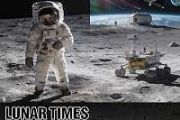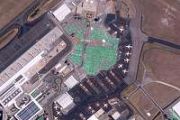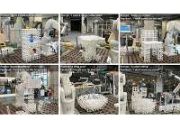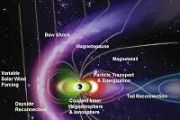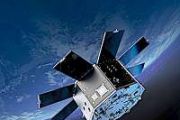
Copernical Team
Study finds ocean currents may affect rotation of Europa's icy crust
 NASA scientists have strong evidence that Jupiter's moon Europa has an internal ocean under its icy outer shell - an enormous body of salty water swirling around the moon's rocky interior. New computer modeling suggests the water may actually be pushing the ice shell along, possibly speeding up and slowing down the rotation of the moon's icy shell over time.
Scientists have known that Euro
NASA scientists have strong evidence that Jupiter's moon Europa has an internal ocean under its icy outer shell - an enormous body of salty water swirling around the moon's rocky interior. New computer modeling suggests the water may actually be pushing the ice shell along, possibly speeding up and slowing down the rotation of the moon's icy shell over time.
Scientists have known that Euro New Horizons team discusses discoveries from the Kuiper Belt
 More than 5 billion miles from Earth and 17 years into a mission that included the first close-up exploration of Pluto and the first encounter with a planetary building block in the Kuiper Belt, NASA's New Horizons continues to shed light on the mysterious planets and smaller bodies of the outer solar system.
Launched in January 2006, the New Horizons spacecraft zoomed past Pluto and its m
More than 5 billion miles from Earth and 17 years into a mission that included the first close-up exploration of Pluto and the first encounter with a planetary building block in the Kuiper Belt, NASA's New Horizons continues to shed light on the mysterious planets and smaller bodies of the outer solar system.
Launched in January 2006, the New Horizons spacecraft zoomed past Pluto and its m Building on Luna and Mars with StarCrete the double stength concrete
 Building infrastructure in space is currently prohibitively expensive and difficult to achieve. Future space construction will need to rely on simple materials that are easily available to astronauts, StarCrete offers one possible solution. The scientists behind the invention used simulated Martian soil mixed with potato starch and a pinch of salt to create the material that is twice as strong a
Building infrastructure in space is currently prohibitively expensive and difficult to achieve. Future space construction will need to rely on simple materials that are easily available to astronauts, StarCrete offers one possible solution. The scientists behind the invention used simulated Martian soil mixed with potato starch and a pinch of salt to create the material that is twice as strong a Student-built satellite uses 'beach ball' for an antenna
 Scientists and engineers at the University of Arizona have built instruments for three NASA telescopes, led two deep space missions and made it possible to see farther back in space and time than ever before. Adding to this list of space exploration accomplishments is a different type of project - one led entirely by students.
Near the university's main campus, students gather inside a cle
Scientists and engineers at the University of Arizona have built instruments for three NASA telescopes, led two deep space missions and made it possible to see farther back in space and time than ever before. Adding to this list of space exploration accomplishments is a different type of project - one led entirely by students.
Near the university's main campus, students gather inside a cle Future NASA moonwalkers to sport sleeker spacesuits
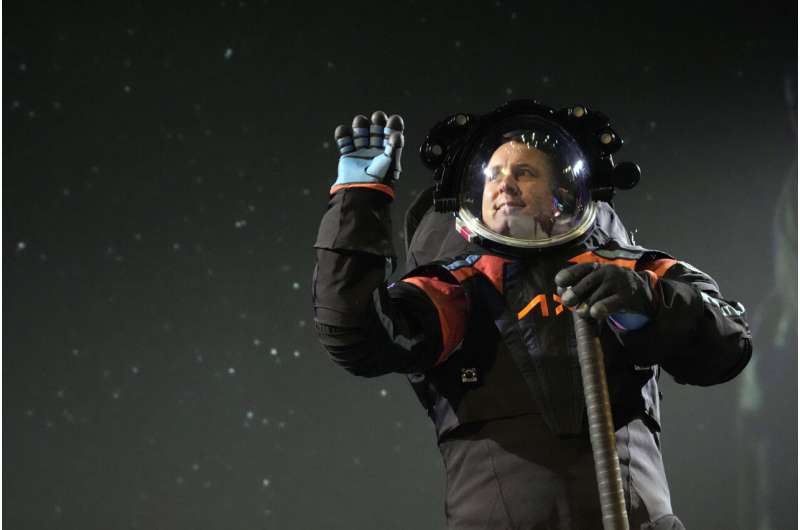
Moonwalking astronauts will have sleeker, more flexible spacesuits that come in different sizes when they step onto the lunar surface later this decade.
Exactly what that looks like remained under wraps. The company designing the next-generation spacesuits, Axiom Space, said Wednesday that it plans to have new versions for training purposes for NASA later this summer.
Engineers keep an eye on fuel supply of NASA's oldest Mars orbiter
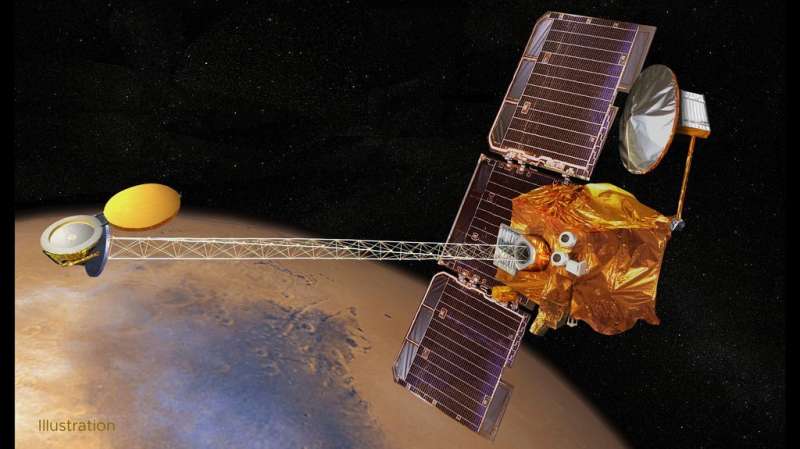
Measuring the fuel supply on Odyssey, a decades-old spacecraft without a fuel gauge, is no easy task.
Since NASA launched the 2001 Mars Odyssey Orbiter to the Red Planet almost 22 years ago, the spacecraft has looped around Mars more than 94,000 times. That's about the equivalent of 1.37 billion miles (2.21 billion kilometers), a distance that has required extremely careful management of the spacecraft's fuel supply.
Recovering forests regain a quarter of carbon lost from deforestation

Deep drilling for Mars
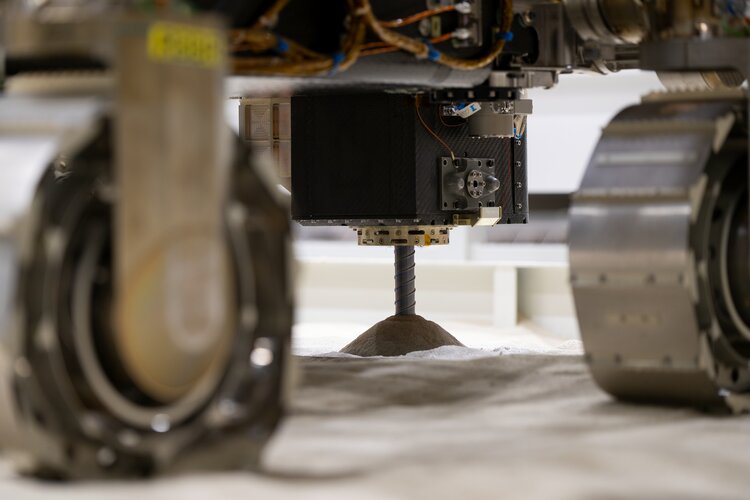 Image:
Deep drilling for Mars
Image:
Deep drilling for Mars Momentus' Vigoride-6 spacecraft arrives at SpaceX launch site
 Momentus Inc. (NASDAQ: MNTS) reports that its Vigoride Orbital Service Vehicle (OSV) arrived at Vandenberg Space Force Base for its third demonstration mission targeted to launch on the SpaceX Transporter-7 mission next month.
The Momentus team completed final flight preparations, and the Vigoride-6 OSV is integrated with the Falcon 9 launch vehicle. The priorities of this mission include
Momentus Inc. (NASDAQ: MNTS) reports that its Vigoride Orbital Service Vehicle (OSV) arrived at Vandenberg Space Force Base for its third demonstration mission targeted to launch on the SpaceX Transporter-7 mission next month.
The Momentus team completed final flight preparations, and the Vigoride-6 OSV is integrated with the Falcon 9 launch vehicle. The priorities of this mission include NASA's Small Spacecraft Technology State of the Art Report
 In January 2023, NASA published the latest edition of the State of the Art in Small spacecraft Technology report. It is noteworthy that at the time of the first edition of this report in 2013, only 247 CubeSats and 105 other non-CubeSat small spacecraft under 50 kilograms (kg) had been launched worldwide.
This represented less than 2% of the total mass launched into orbit over multiple yea
In January 2023, NASA published the latest edition of the State of the Art in Small spacecraft Technology report. It is noteworthy that at the time of the first edition of this report in 2013, only 247 CubeSats and 105 other non-CubeSat small spacecraft under 50 kilograms (kg) had been launched worldwide.
This represented less than 2% of the total mass launched into orbit over multiple yea 
